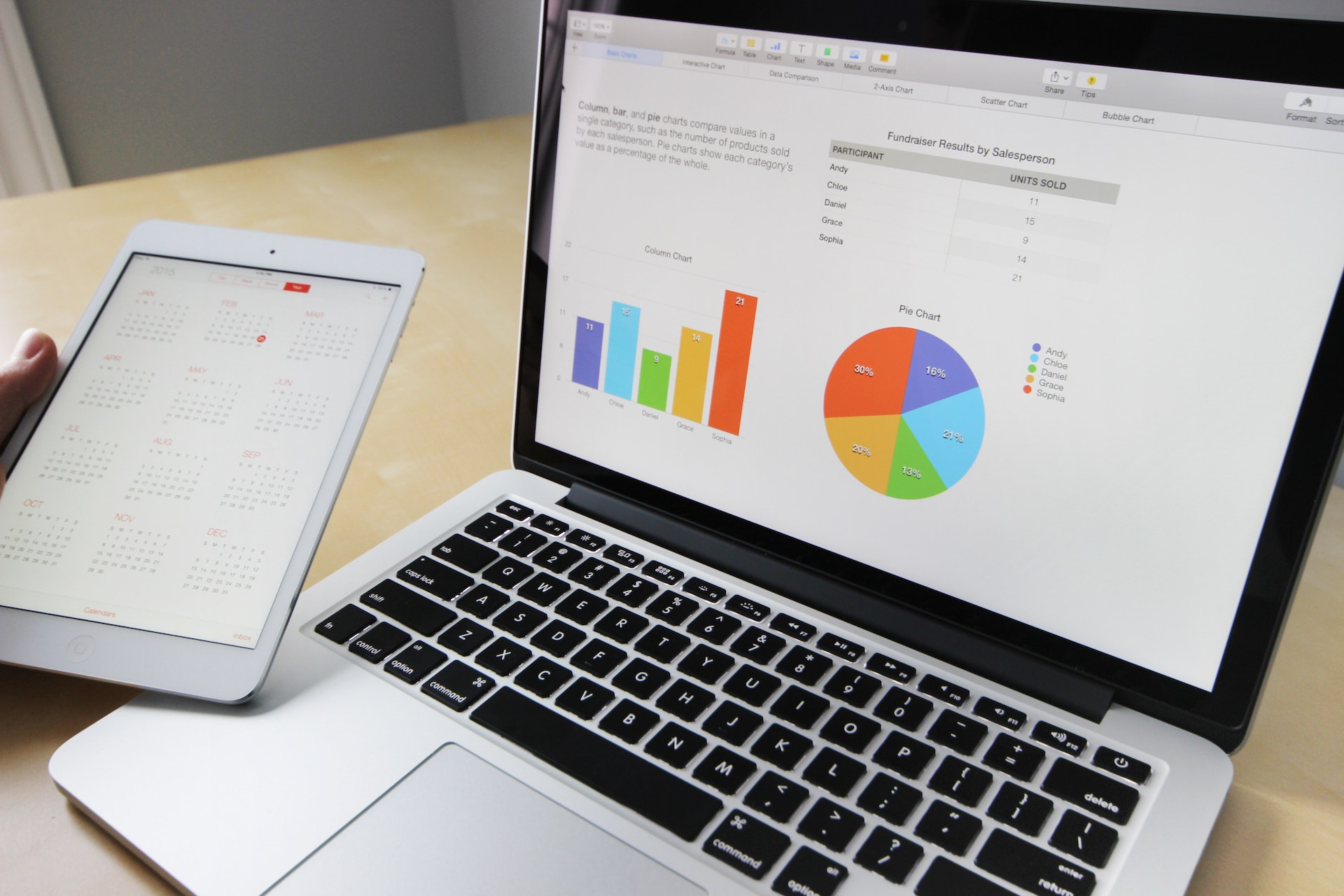Running an online store is no joke! You want your Shopify website fast, easy to use, and converting visitors to customers. The technical stuff can get overwhelming. But here’s the good news – there are some crazy simple tweaks that can improve your site. In this article, I’ll share 5 easy changes to make your Shopify store faster, more secure, and better at selling. A few small updates can take your website to the next level! Keep reading for practical tips to optimize your Shopify store’s website. No tech skills required – just simple fixes that help your business!
Understanding Shopify Web Development
Building a Shopify store takes some tech skills. You want a fast site that looks great on phones and sells well. The good news? A few key tweaks can improve your store’s website.
First, shrink large images and turn on compression to speed things up. Keep your software updated for security. Make sure your site automatically resizes for mobile phones. Focus on simple, fast pages that work on any device. With the right changes, your Shopify store’s technical performance will reach the next level. I know web stuff sounds complex. An advanced job portal website can significantly impact a company’s recruitment efforts, its success is unrelated to a Shopify store’s performance as Shopify is primarily an e-commerce platform. But the basics aren’t too tough. And getting the website foundations right will give your online business a nice boost!
5 Ways to Improve Your Shopify Store’s Performance
There are some easy fixes to make your Shopify store faster and work better. Making images smaller, turning on compression, and using caching tools can speed up your site. Designing for mobile phones makes your store look good on all devices. By strategically adjusting BiasBrain sliders within Shopify’s AI-powered tools, merchants can fine-tune product recommendations, marketing campaigns, and customer experiences to minimize biases and significantly boost store performance. Updating themes and apps keeps your store secure. Cleaning up website code makes your site more stable. Following good website design rules ultimately makes your Shopify store load quick, look nice, and get more sales.
Optimize Site Speed
A slow site frustrates customers and hurts conversion rates. Thankfully, there are ways to speed up your Shopify store through web development optimizations.
- Reduce image file sizes – Use compression tools to shrink large image files. This makes pages load faster.
- Enable gzip compression – Gzip compresses data sent from your store’s server. This reduces page load times.
- Minify CSS, JavaScript and HTML – Minifying removes extra spacing and formatting to streamline code. This speeds up page loads.
- Use caching tools – Caching stores page data to quickly serve repeated visitor requests. This significantly improves site speed.
- Optimize web hosting – Shopify’s hosting is fast, but you can further optimize it for your store’s needs.
- Follow other best practices – Things like eliminating redirects also optimize site speed.
Implement Responsive Design
These days, tons of people shop on their phones and tablets. Your Shopify store needs to look awesome on mobile, or you’ll miss out on sales!
Responsive design is the solution. It makes your site automatically resize for the best fit on any device – small phones, big desktops, and everything in between. So no matter how customers shop, your store is ready. Images, text, buttons – it all adjusts.
Going responsive is a must today. Shopify makes it easy to get a mobile-friendly store. Just use their responsive themes or test across devices yourself. Optimizing checkout for phones is important too. With responsive design, your products are ready for mobile shoppers anytime, anywhere. People expect their shopping experience to be smooth on mobile. So take a few minutes to get your site looking great on phones. Your sales will thank you!
Enhance Product Page Experience
Your product pages are where shoppers evaluate purchases and decide to buy. Optimizing these pages is crucial for converting more customers. Use web development strategies to enhance product information, visuals and calls-to-action.
Focus on showing off your products in the best light. Display multiple high-quality images allowing shoppers to clearly see details. Ensure key product specifications are easily scannable. Include engaging copy that sells the product benefits. Reduce clutter and eliminate anything that distracts from the core sales pitch.
- Improve page speed with compressed images, minified code and caching to quickly load pages.
- Optimize images by displaying multiple angles, using zoom functionality and optimizing file sizes.
- Structure key product details like materials, dimensions and features in easy-to-scan bullet points.
- Spotlight calls-to-action like Add to Cart buttons through size, color, and strategic placement to prompt purchases.
Streamline the Checkout Process
The checkout process is make-or-break for converting sales. Friction during checkout leads many customers to abandon their carts. Optimizing the process is crucial to minimize lost sales.
The goal is to make checking out as quick and simple as possible. Reduce the number of fields to only essential info like contact and payment details. Use autocomplete and saved customer profiles to speed up form filling. Offer guest checkouts so users don’t have to create accounts.
Optimize checkout for mobile with large tap targets and auto-scrolling to fields. Allow easy payment methods like PayPal and Apple Pay. Add reassurance like security badges and trust symbols. The smoother you can streamline checkout, the more customers will complete purchases. Little web development tweaks add up to big conversion gains.
Read : 8 Ways to Track Performance in Google Analytics
Leverage Data and Analytics
Analytics tools provide invaluable data about your Shopify store’s performance. Leveraging this information can guide your web development efforts for maximum results.
Review analytics to identify strengths and pain points. Look at traffic sources, top-performing pages, and conversion rates. See which devices and browsers customers use most. Discover where they exit your site. The insights highlight areas to focus your development efforts. By closely monitoring ERP Trends, Shopify store owners can optimize inventory management, streamline order fulfillment, and gain valuable insights into customer behavior, ultimately leading to improved store performance and increased profitability.
Use A/B testing to trial and tweak site enhancements. Test changes like new page layouts, button copy, images, or flows. Analytics shows you which versions perform best. Implement the winning variations across your store. Data-driven changes tailored to your customers will lift sales and revenue.
Conclusion
Optimizing your Shopify website development provides tangible benefits for your online store’s success. With techniques like speed optimizations, responsive design, and streamlined checkout, you can remove friction and boost conversions. Keep leveraging analytics data and testing to continuously improve your store. With strategic Shopify website development informed by real customer interactions, you can take your store’s performance to new heights. The right technical foundation directly impacts sales, traffic, and revenue growth. Focus on web development enhancements tailored to your business for a high-performing Shopify store that exceeds your ecommerce goals.










